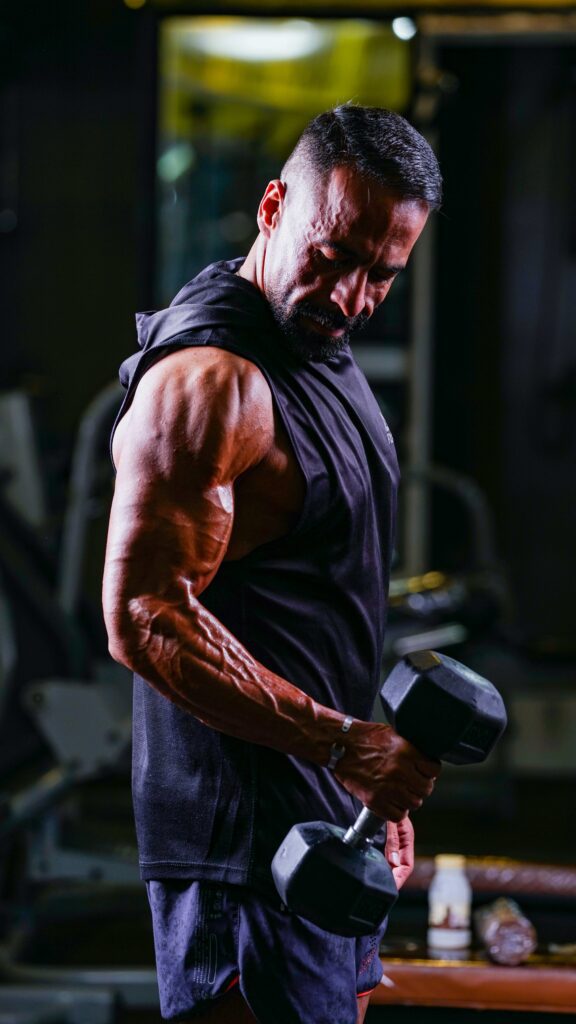Although this form of ‘warm up’ may be a good way to promote blood flow and get the body moving, it’s far from optimal when it comes to priming your body for resistance/strength training.
To perform resistance training in an effective manner, it requires optimal mobility, muscular activation, and a switched on central nervous system (CNS).
So what is the recipe for an effective warm up before resistance training?
Here’s a great way to get started.
Step 1. Self myofascial release work
Think foam rolling, spikey ball, laying on a kettlebell handle for your hip flexors and TFL’s. This is the first step in breaking down some of that fascia and tight muscle tissue, before moving into some light mobility work and dynamic warm ups/activation to allow the body to perform at it’s best and through a full ROM.
Step 2. Mobility
Think ankles, hips and shoulders. It’s imperative that you are able to work through a full ROM (range of movement) during your resistance/strength training to allow for the target muscles to be worked effectively and to minimise the risk of injury.
The amount of time we as a society spend in positions that promote poor posture and shorten our muscles is far greater than the time we spend doing the opposite by utilising mobility drills and exercises.
This short amount of time before your workout gives your body the best chance to get in the right ‘position’ can not only boost your workout, but prevent serious injury or overuse.
Step 3. Muscle activation
This one is highly underrated. Ask yourself the question, would your normal warm up give you the very best chance to perform your resistance exercises with as many muscle fibres firing as possible? If the answer is no, then it’s time to add in some activation exercises pre-training.
Example of activation work before a lower body session: The addition of a glute band, used for lateral crab walks, hip thrusts, glute bridges, further glute activation etc. Other exercises you could include may be single leg arabesques for hamstring and glute priming or body weight squats working through a full ROM.
This process should take no longer than 5-10 minutes max.
The result?
You will mentally and physically be switched on and ready to perform your given exercises to the best of your ability.
A little bit extra…
Now that your warm up has been taken care of, something else to think about is the ‘warm ups’ before your working sets on compound movements.
Being on auto-pilot during your warm up or acclimation sets can seriously hinder your workout, just like cruising through a mindless warm up (as discussed above) before you train can have a negative effect on overall performance.
So how should you approach your warm up sets to ensure your central nervous system is firing on all cylinders?
Warm up with INTENT.
I mean lift the bar while you’re warming up for squats as if it’s your personal best!
You MUST warm up as if each set is the heaviest weight you’ve ever lifted, so that by the time you actually lift the ‘heavy stuff’, your central nervous system is ready to lift the ‘heavy stuff’.
By warming up like my grandma (even though she’s fit, she’s not deadlifting as far as I know), by the time you get to your working sets, your body is shocked at how heavy it feels, we’ve all been there, and it’s a great way to ruin a good session or feel like you’re not making much progress.
So next time you do any of the big lifts, grip that bar tight and warm.
















